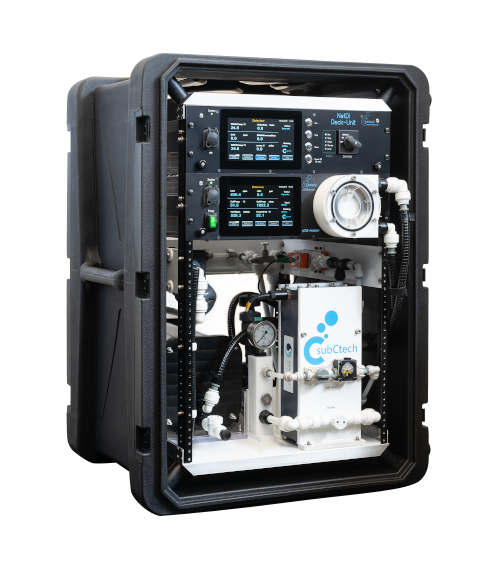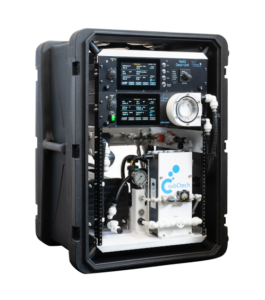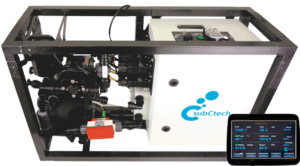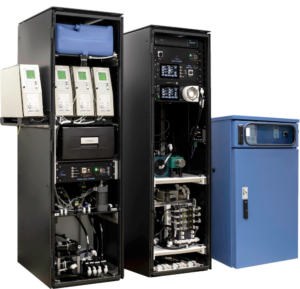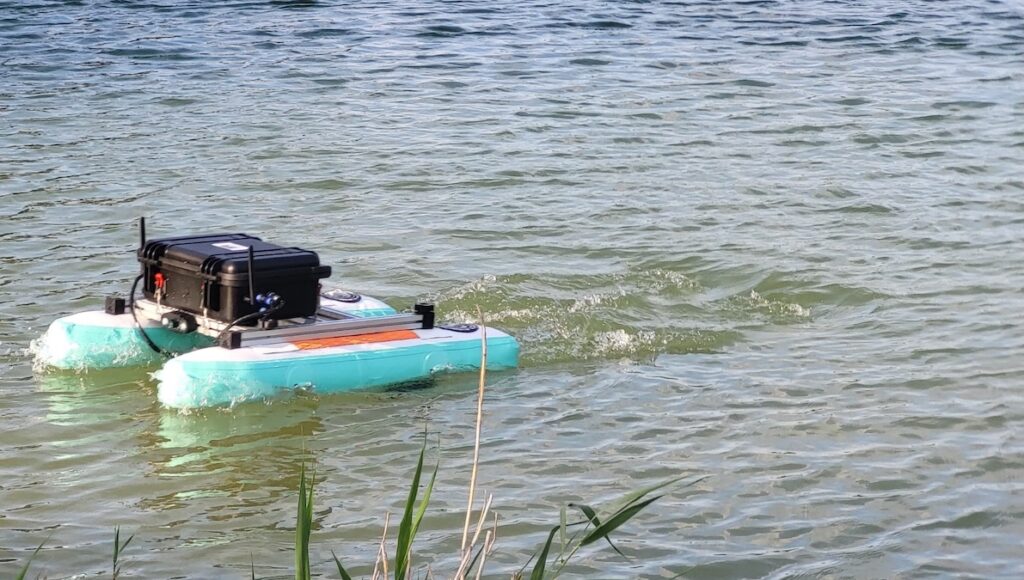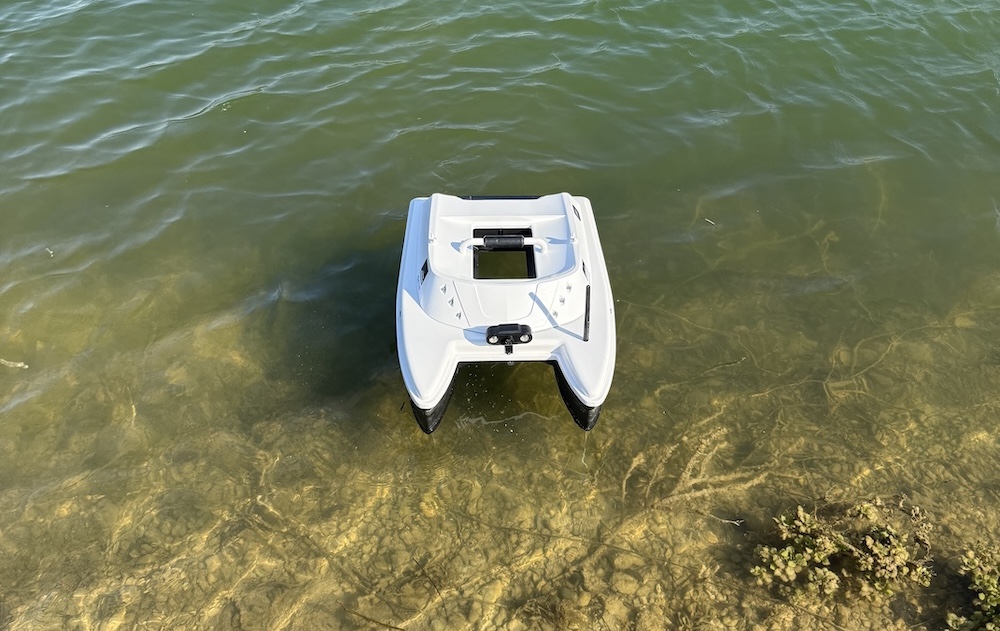Suppliers
Add your company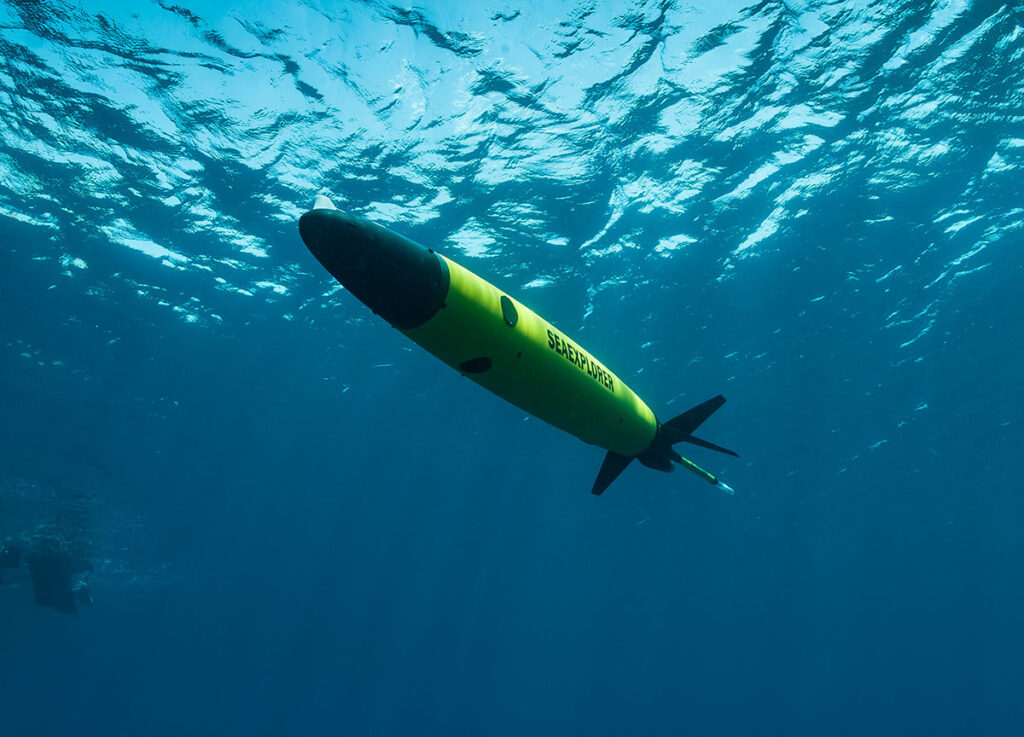
High-Tech Autonomous Underwater Gliders, Subsea Buoyancy Modules, and Oceanographic Survey Services
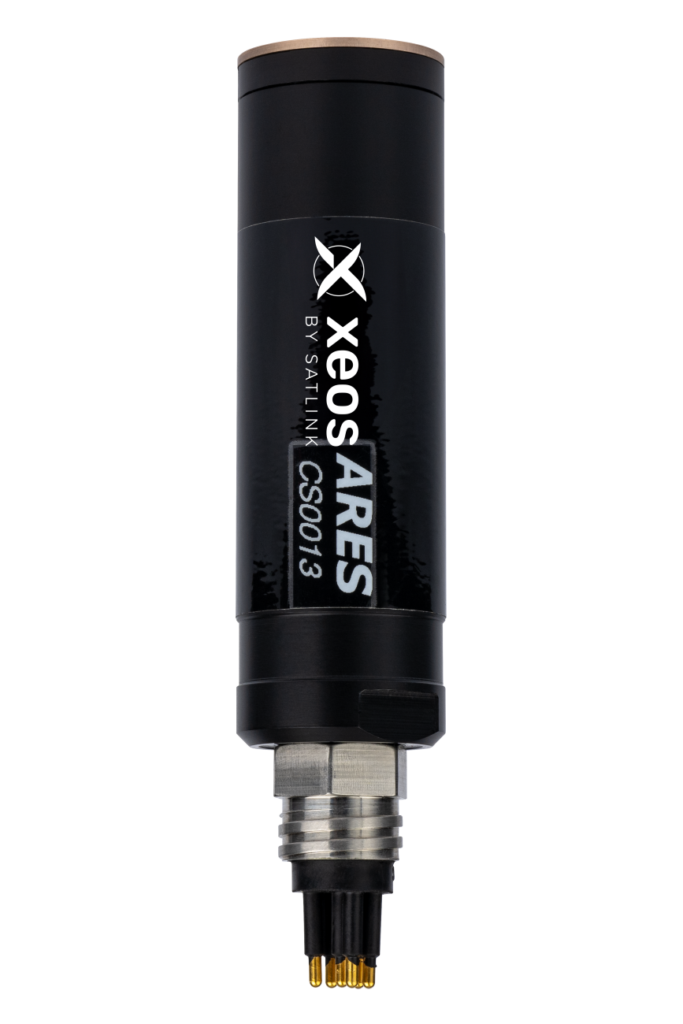
Telemetry Tracking Beacons & Equipment for Marine & Offshore Applications
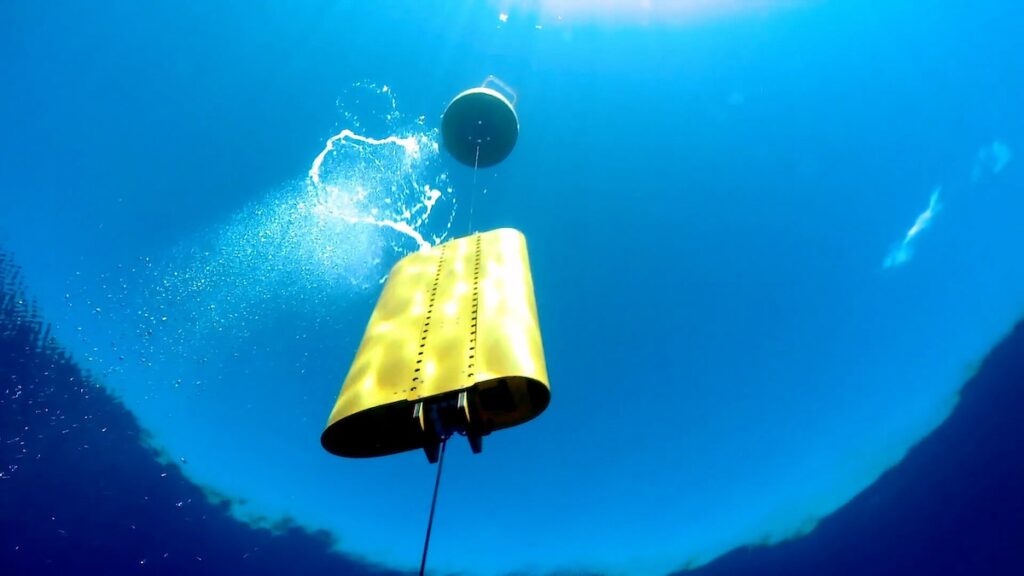
Wave-Powered Rapid Vertical Profiling System for Accurate Water Column Observation
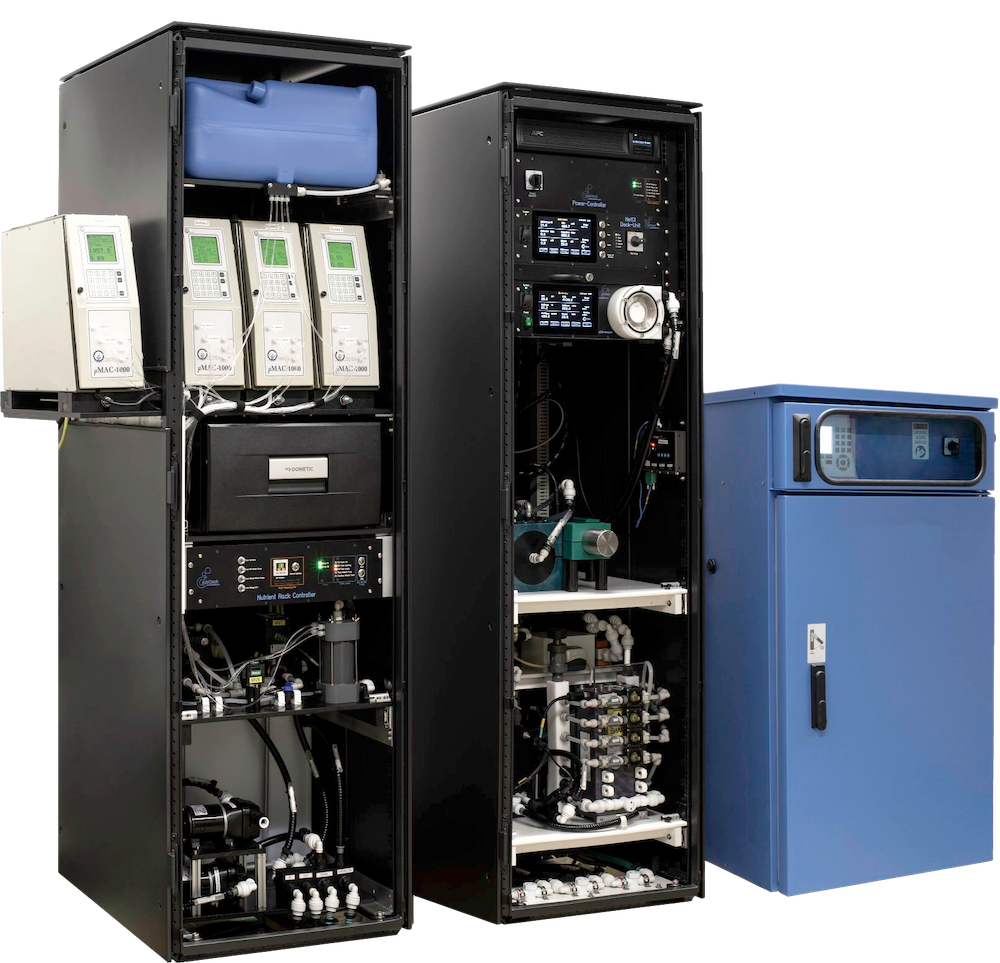
Marine Monitoring Systems for Surface & Underwater Vessels | Advanced Power Solutions for Subsea Vehicles
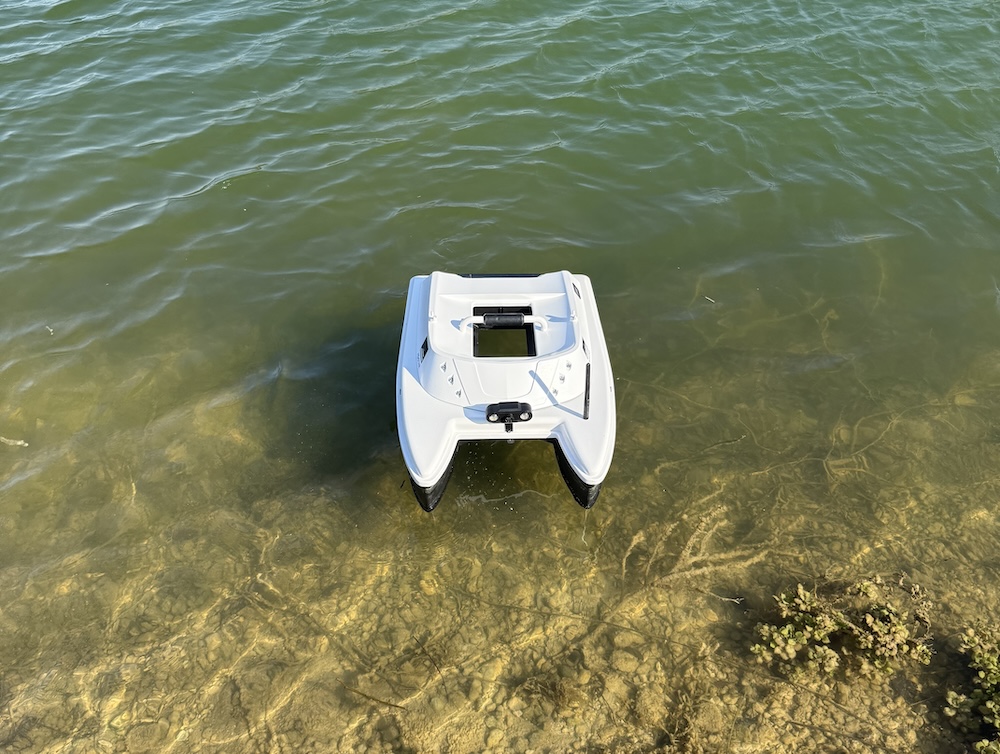
Robotic & Remote-Controlled Solutions for Waste Collection, Rescue Operations, & Aquatic Data Collection
If you design, build or supply Water Quality Monitoring, create a profile to showcase your capabilities on this page
Products
Aquatic Research Instruments for Water Quality Monitoring
Water quality monitoring is crucial for understanding the health and stability of aquatic ecosystems. With the increasing impact of human activities, such as industrial discharge, agricultural runoff, and urban development, the demand for reliable and accurate monitoring solutions has grown significantly.
Aquatic research instruments designed for water quality monitoring play a vital role in assessing and managing the health of oceans, rivers, and other water bodies, enabling researchers to track various parameters that indicate the presence of pollutants, changes in water chemistry, and shifts in biological communities.
Importance of Water Quality Monitoring
Water quality monitoring is an essential activity for maintaining the health of marine and freshwater ecosystems. It involves the systematic collection and analysis of water samples to detect changes in physical, chemical, and biological characteristics.
This information is vital for detecting water pollution, assessing the effectiveness of regulatory measures, and supporting research into the complex interactions within aquatic environments. By monitoring key indicators such as pH, temperature, salinity, dissolved oxygen, and nutrient levels, researchers can gain insights into the impacts of natural processes and human activities on water quality.
Advanced Monitoring Systems
Modern water quality monitoring systems are highly sophisticated, capable of operating autonomously and continuously under challenging environmental conditions. These systems are often installed on a variety of platforms, from research vessels and buoys to underwater vehicles and fixed stations. The integration of advanced sensors and data loggers allows these systems to capture high-resolution, real-time data on a wide range of parameters, including carbon dioxide levels, sea surface temperature, salinity, and concentrations of various nutrients.
The design and capabilities of these systems make them suitable for long-term, unattended operations. Many units feature robust enclosures that protect sensitive electronics and sensors from harsh marine conditions. Automatic cleaning mechanisms can be included to ensure the integrity of data by preventing biofouling and debris accumulation on sensor surfaces.
These features are particularly valuable for extended deployments, where manual maintenance may be difficult or impractical.
Versatility in Data Collection
Aquatic research instruments for water quality monitoring are designed to be versatile and adaptable to different research needs. They can accommodate a range of sensors for measuring physical and chemical parameters, and can be configured to include additional equipment such as a water sampler, weather station, and GPS receiver.
This flexibility allows researchers to customize their monitoring setups to suit specific study objectives, whether it’s tracking the spread of water pollution, studying the dynamics of nutrient cycles, or investigating the impacts of climate change on marine and freshwater systems.
Instruments such as plankton samplers and water samplers are integral components of these systems, enabling the collection of biological and chemical samples from various depths.
Real-Time Data Transmission and Analysis
One of the key advancements in water quality monitoring technology is the ability to transmit data in real time. This capability is particularly important for large-scale environmental studies and long-term monitoring projects, where rapid access to data can help researchers respond quickly to environmental changes or pollution events.
Data can be transmitted via a vessel’s onboard system or through satellite and RF transmitters, making it possible to collect and analyze information from remote locations.
Real-time data transmission also enhances collaboration among research institutions and regulatory agencies by providing timely access to critical information. This allows for coordinated responses to emerging environmental issues and supports decision-making processes aimed at protecting and conserving aquatic environments.
Environmental Sampling Equipment
Environmental sampling equipment is crucial for comprehensive water quality assessments. These tools include a range of devices designed to collect water samples, sediment samples, and biological specimens from various aquatic environments.
Water samplers are used to collect water at different depths, providing researchers with the necessary samples to analyze chemical properties, contaminant levels, and microbial communities. These devices are often integrated into larger monitoring systems, allowing for automated and precise sampling during research missions.
Plankton samplers are another important type of environmental sampling equipment. By studying plankton communities, researchers can gain insights into the health and productivity of aquatic ecosystems, as well as track the impacts of environmental changes on these organisms.
Challenges in Water Quality Monitoring
Despite the advancements in monitoring technology, water quality monitoring still faces several challenges. One of the primary issues is the vastness and variability of aquatic environments.
Oceanic and freshwater systems are dynamic and complex, with conditions that can change rapidly over time and space. This variability makes it difficult to obtain a comprehensive understanding of water quality without deploying a large number of monitoring stations or conducting extensive field surveys.
Another challenge is the maintenance of monitoring equipment, particularly in harsh marine environments. Biofouling, corrosion, and mechanical wear can all affect the performance and accuracy of sensors and data loggers.
To address these issues, many modern systems include features such as automatic cleaning mechanisms and protective enclosures, which help to extend the operational life of the equipment and reduce the need for frequent maintenance.











